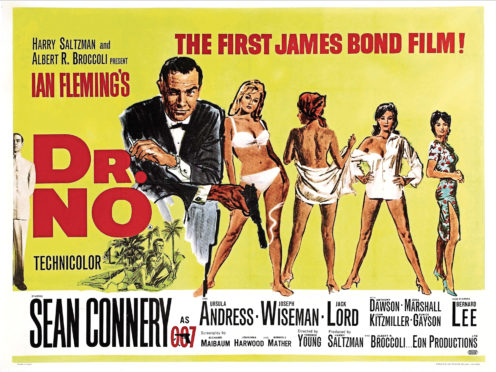
He was the son of a factory worker who left school at 13 and went on to become one of Hollywood’s most charismatic stars.
Sir Sean Connery had the most humble of beginnings as he worked as a milkman and had a reputation for being more than able to hold his own on the tough streets of Edinburgh.
But the tattooed ex-bodybuilder secured his place in history in 1962 when he was cast as the first – and greatest – James Bond to grace the silver screen. It would lead to a glittering acting career spanning five decades and fame he could never have imagined growing up in a one-room tenement with no hot water.
An Oscar in 1988 for his part in The Untouchables and a long-overdue knighthood in 2000 cemented his claim to the title of Greatest Living Scot.
But Connery never embraced the Hollywood lifestyle, choosing instead to divide his time between homes in New York and the Bahamas and spend time with his family and playing golf.
He also never forgot his Scottish roots, as his long-standing friends Murray Grigor and Sir Angus Grossart recalled yesterday how he would talk fondly of his upbringing and his pride in his country.
Mr Grigor, a writer and filmmaker, said: “He had an extraordinary life and he lived it very well. He loved Scotland and he kept coming back here and doing very good works here.
“He grew up in a very impoverished style. At five or six, he would do messages for all the old people in the community.
“He said it took him until he was about 18 until he realised it was impoverished. He had to be told that by a social worker. He said ‘no, we had a very happy childhood’.”
Sir Angus added: “In private he was the least pretentious of people. There’s nothing he liked more than to be in Scotland and getting back to his roots and doing quite ordinary things. There was absolutely no vestige of the James Bond personality about him.
“He was robust, highly intelligent, very well read, and it was a side of him that not many people would have understood.
“He was great fun, and with his friends really quite self- deprecating. A number of times I can remember he was as much pulling his own leg as pulling ours. He had a great sense of humour.”
He added: “We had many, many happy times. A lunch or a night out with Sean was always a memorable experience.
“He was remarkably proud of his modest upbringing. He would often discuss it.
“I remember a conversation talking about Tony Blair, who was the Prime Minister at the time and had gone to Fettes. Sean rather proudly said ‘of course, I went to Fettes, but I came up the drive in a milk float’.”
Born Thomas Sean Connery on August 25, 1930, he was the son of a factory worker and a domestic cleaner.
He would later become well-read but he left school without qualifications at 13, and worked as a milkman and a lifeguard as well as having a three-year stint in the Royal Navy.
His love of bodybuilding and athletics meant he had a level of fitness that could have secured him a career as a footballer, as Matt Busby offered him a contract at Manchester United.
But, by then, Connery’s flair for acting had been spotted after he auditioned for a role in the chorus of the musical South Pacific in 1953.
Minor roles on both the stage and small screen soon followed, and in 1957 he landed his first lead part in Blood Money, playing a boxer whose career was on the wane.
But he was propelled to stardom almost overnight after being picked to play 007 – and it might never have happened if Bond creator Ian Fleming had had his way.
Producers Cubby Broccoli and Harry Saltzman had acquired the film rights, and movie legends Cary Grant, Rex Harrison and Richard Burton had been in the running.
Broccoli’s wife Dana, however, favoured Connery, believing he had the charisma needed to play Bond in the first film, Dr No.
Fleming famously declared: “I’m looking for Commander Bond and not an overgrown stuntman,” but he would later be so convinced by Connery’s portrayal of the suave secret agent that he worked some Scottish ancestry into the character. Dr No was followed by six more Bond films with Connery as 007 – From Russia With Love (1963), Goldfinger (1964), Thunderball (1965), You Only Live Twice (1967), Diamonds Are Forever (1971) and Never Say Never Again (1983).
Connery became frustrated with the repetitive plots and had quit after You Only Live Twice, only to agree to return when his successor George Lazenby failed to make the grade.
Most of his subsequent successes were as part of ensemble casts, in films such as The Man Who Would Be King, Murder On The Orient Express and A Bridge Too Far.
By the 1980s, his career was fading but he burst back on to top form with an Oscar-winning performance as a tough Irish policeman in The Untouchables in 1987. It was his only Academy Award. Two years later he played the father of Harrison Ford’s whip-cracking hero in Indiana Jones And The Last Crusade.
The 1990s brought performances in The Hunt For Red October (1990), Dragonheart (1996) and Entrapment, the 1999 love story/thriller with Catherine Zeta-Jones, which Connery also produced.
By that point he was firmly regarded as an elder statesman of the film industry and in 2000 was knighted by the Queen – an honour said to have been delayed by his vocal support for the SNP.
Connery, once voted the “greatest living Scot”, received the American Film Institute’s Lifetime Achievement Award in 2006, when he confirmed his retirement from acting.
Throughout his career he remained relatively guarded about his private life but was forced to deny claims of domestic abuse made by his first wife, the Australian actress Diane Cilento, before her death in 2011.
He was plagued by criticism of remarks he allegedly made in a Vanity Fair interview in 1993 when he suggested there were women who “want a smack”.
Connery was reported as saying: “There are women who take it to the wire. That’s what they are looking for, the ultimate confrontation.”
He and Cilento were married for 11 years and had one son, the actor Jason Connery.
Connery is survived by Jason and his second wife, French artist Micheline Roquebrune, whom he married in 1975.
In 2009 he was awarded an honorary doctorate from Edinburgh Napier University in recognition of his acting achievements.
As one of the highest-profile supporters of Scottish independence, many expected Connery to make an appearance on the campaign trail in the run-up to the historic vote on September 18, 2014.
His words were used to galvanise support at the launch of the Yes campaign two years previously, when the star declared in a message: “The people of Scotland are the best guardians of their own future.”
A love life as dramatic as his film roles
He was once voted the Sexiest Man of the Century and linked to a string of glamorous girlfriends but Sean Connery found lifelong love with second wife Micheline Roquebrune.
Married for 45 years, the couple met after his tempestuous divorce from his first wife, Diane Cilento, an Australian actress he wed in 1962. They had a son together, actor Jason Connery.
Cilento later alleged her husband had abused her mentally and physically.
The pair divorced after 11 years but the actor soon found love in the arms of Moroccan-French painter Micheline.
They first crossed paths at a golfing event in Casablanca, Morocco, and married in 1975. It was love at first sight, Micheline has recalled, but she also knew she would face competition for his affections.
She said: “When I met Sean, I knew I was taking on the whole package. Everyone wants him and I have to accept and understand that.”
From the age of 16, he was described as a “big local hit with girls” and, according to friend John Brady: “He did better than most of us, without trying.”
When he became famous, Connery wasted little time in taking advantage of his rugged good looks and was linked to a string of glamorous women.
Sir Sean’s love life was at times almost as dramatic as his film roles.
Sir Sean’s amorous adventures once almost got him shot by a jealous American gangster.
In 1957, he was cast by Hollywood bombshell Lana Turner as her love interest in a small British-made picture called Another Time, Another Place.
Turner was almost a decade older than Connery but rumours began circulating on set that the screen lovers had continued the action in private.
When Turner’s hoodlum boyfriend Johnny Stompanato heard about the relationship, he flew to London to sort out Connery. When he arrived, Turner tried to have him barred from the set.
Stompanato, consumed with jealousy, burst into the studios in Borehamwood, Hertfordshire, where Turner and Connery were filming, and waved a gun at Connery, warning him to stay away.
Connery wrestled the gun off him and knocked him out with a right hook. Turner later had her boyfriend kicked out of the country by Scotland Yard.
A proud Scot who fought hard for Scotland and it independence
Sir Sean Connery’s support for Scottish independence went back decades and he was a leading campaigner for devolution ahead of the 1997 referendum, which led to the creation of the Scottish Parliament.
Two years later, as he helped the SNP during the first Holyrood elections, he said: “If I was asked: ‘Who do you think will win this election?’ my answer would be: ‘Hopefully Scotland’.
“We are about to have our own parliament. My hope is that it will evolve with dignity and integrity and it will truly reflect the new voice of Scotland.”
Connery was a high-profile supporter of the Yes campaign ahead of the 2014 referendum. His words galvanised support at the launch of the campaign when he stated: “The people of Scotland are the best guardians of their own future.”
He added: “I now believe more than ever that Scotland is within touching distance of achieving independence and equality.
“I am convinced it will happen in my lifetime.”
It’s believed his support for the cause and for the SNP led to moves for him to be knighted thwarted during the 1990s.
He finally received his knighthood in 2000.
First Minister Nicola Sturgeon said yesterday Connery “was a lifelong advocate of an independent Scotland and those of us who share that belief owe him a great debt of gratitude”.
Her predecessor Alex Salmond added: “His support for Scottish independence was unshakable and started long before it was fashionable. It made him a political target for many who would otherwise have fawned over him but he shrugged it off.”
Connery continued to vocally back independence, issuing a rallying call to campaigners from his Bahamas home as the first anniversary of the 2014 referendum approached, and saying it was “only a matter of time.”
“The people of Scotland – the real guardians of Scotland – spoke in the referendum… They will not be prevented from speaking again. Scotland’s future is in Scotland’s hands.”
He also narrated an audiobook of former first minister Alex Salmond’s book, The Dream Shall Never Die.

Enjoy the convenience of having The Sunday Post delivered as a digital ePaper straight to your smartphone, tablet or computer.
Subscribe for only £5.49 a month and enjoy all the benefits of the printed paper as a digital replica.
Subscribe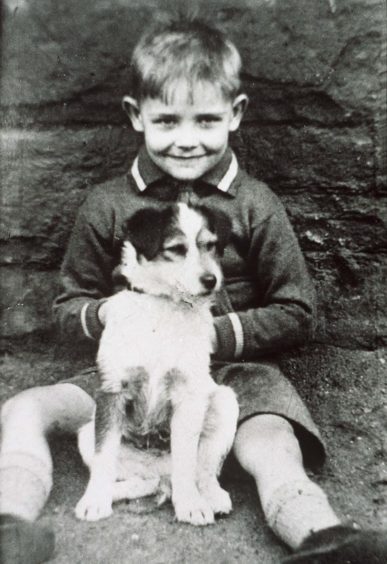 © Shutterstock
© Shutterstock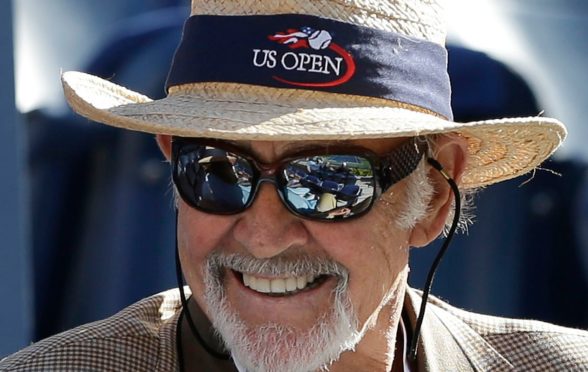
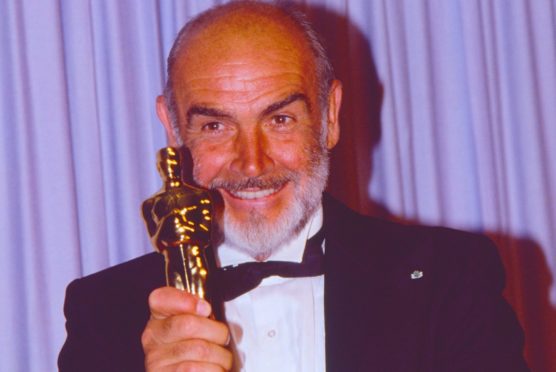
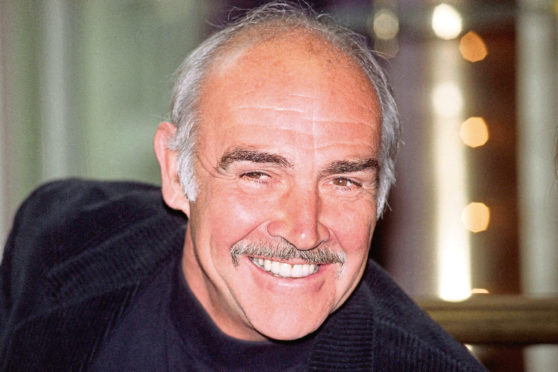
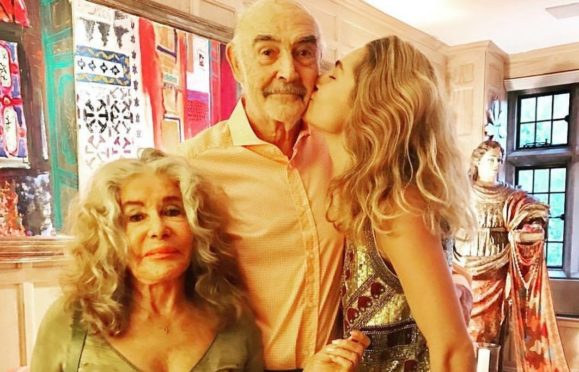
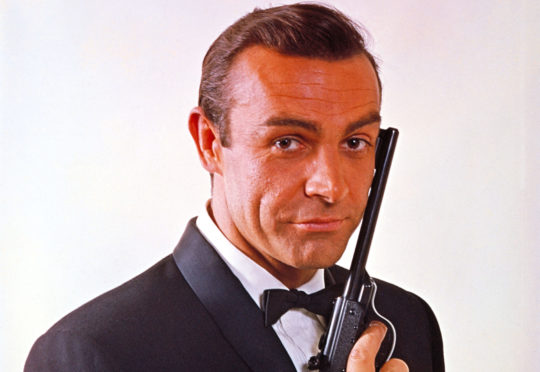
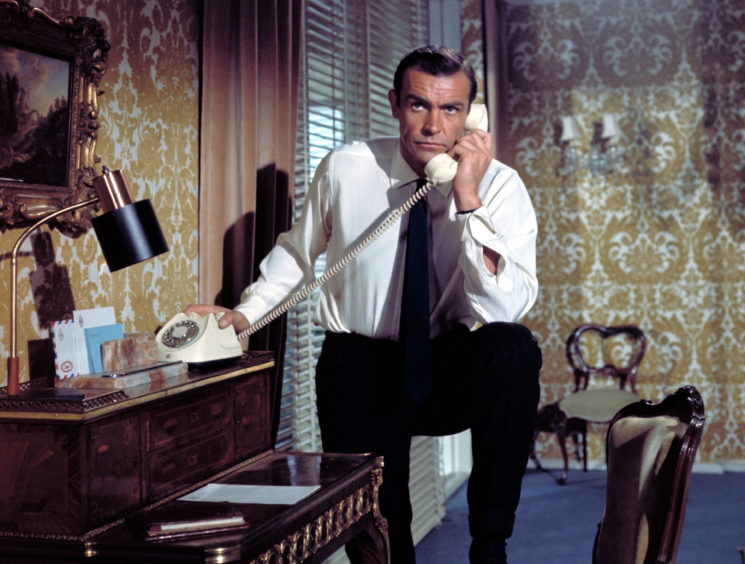 © Danjaq/Eon/Ua/Kobal/Shutterstock
© Danjaq/Eon/Ua/Kobal/Shutterstock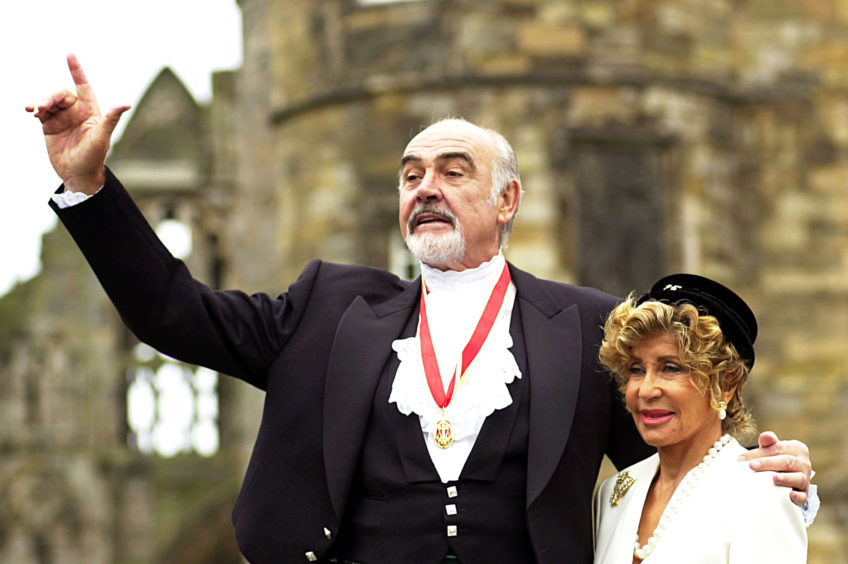 © David Cheskin/PA Wire
© David Cheskin/PA Wire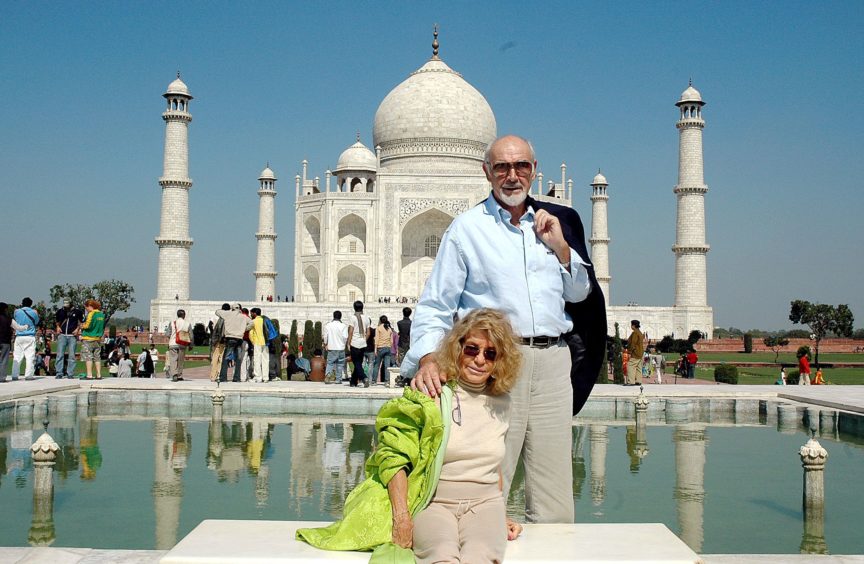 © Excel Media/Shutterstock
© Excel Media/Shutterstock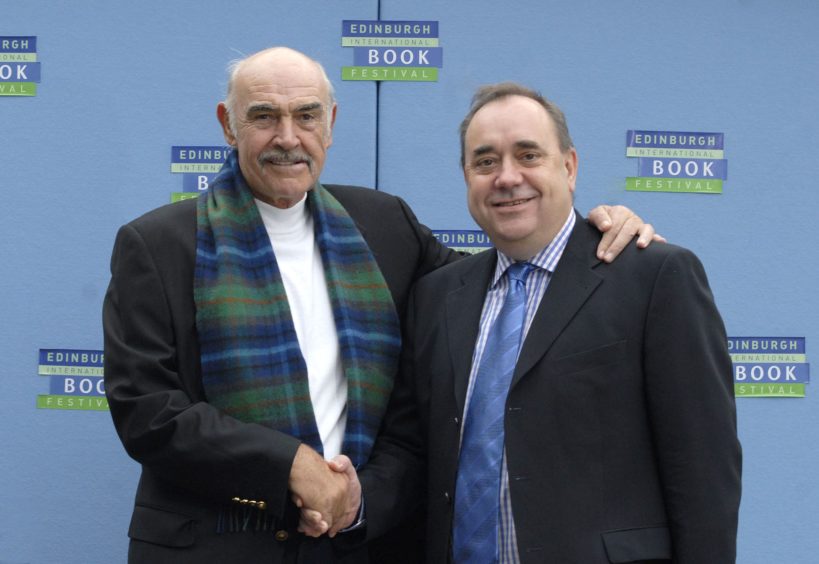 © Capital Press Agency/Shutterstock
© Capital Press Agency/Shutterstock